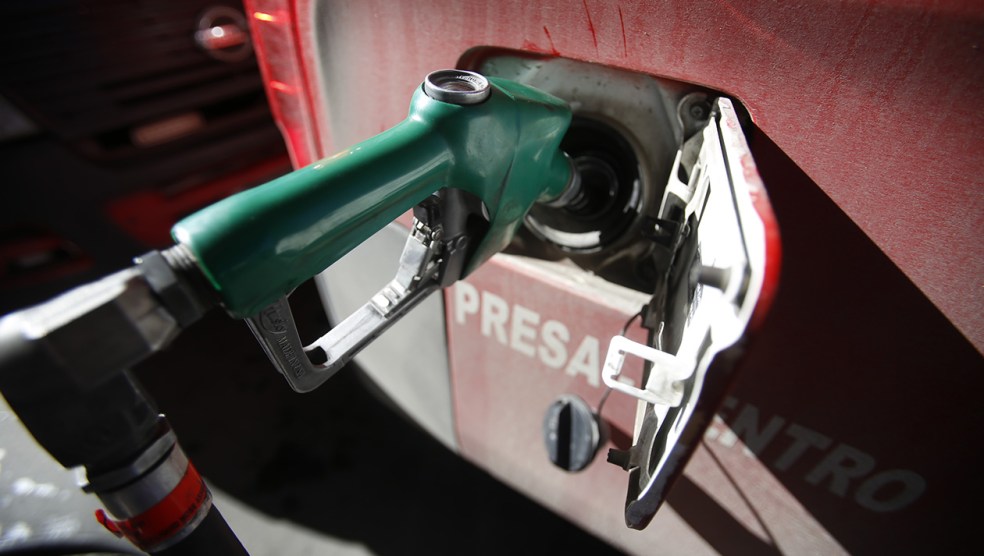
Alejandro Tamayo/San Diego Union-Tribune via ZUMA
Over at Vox, Sigal Samuel interviews David Brotherton, who has a theory about Ecuador’s murder rate:
In 2007, the crime-riddled nation of Ecuador did something surprising: It legalized the gangs that had been the source of much of the violence. Then something even more surprising happened over the next decade: Murder rates plummeted…from 15.35 per 100,000 people in 2011 to 5 per 100,000 people in 2017.
Brotherton theorizes that the decline in the murder rate was due to Ecuador’s 2007 decision to legalize gangs. Maybe so! But it’s also interesting to note that Ecuador phased out leaded gasoline between 1997 and 2001. This would lead you to expect a big drop in violent crime between 2014 and 2018. And that’s what happened.
How about that?

















